Students visit Meinong to learn about Hakka culture
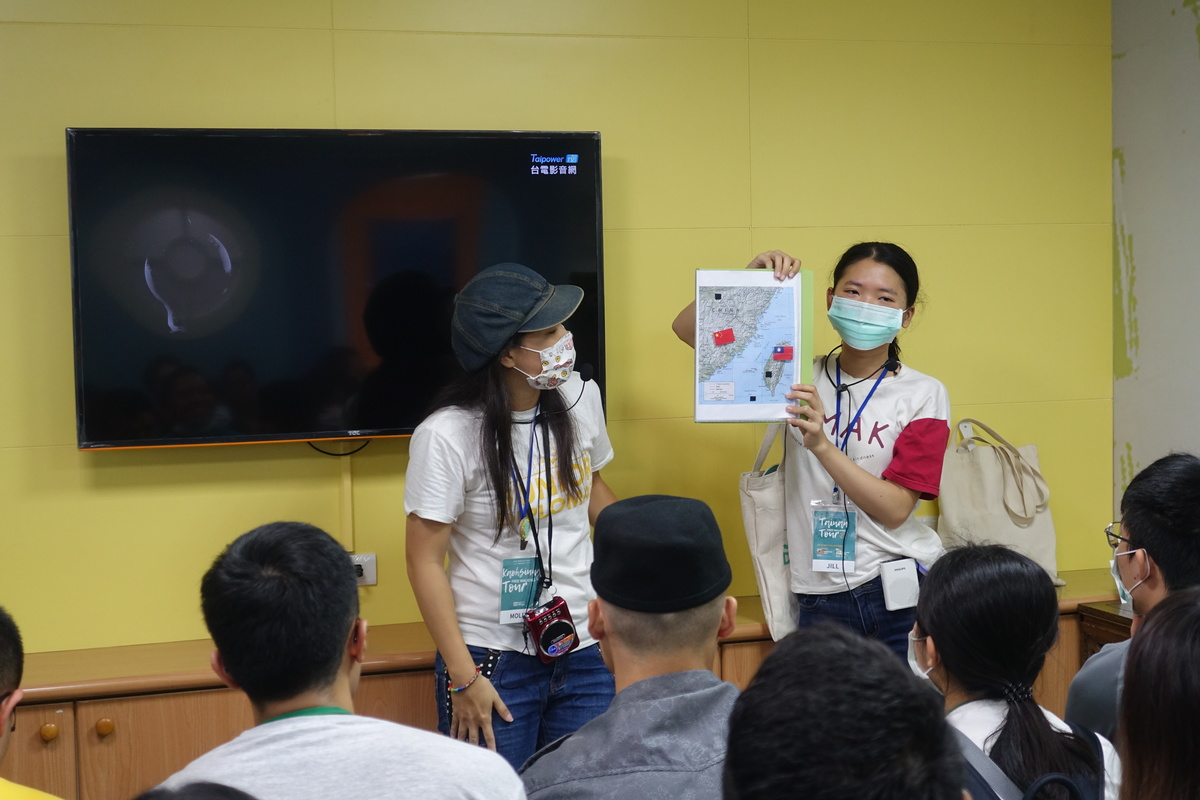
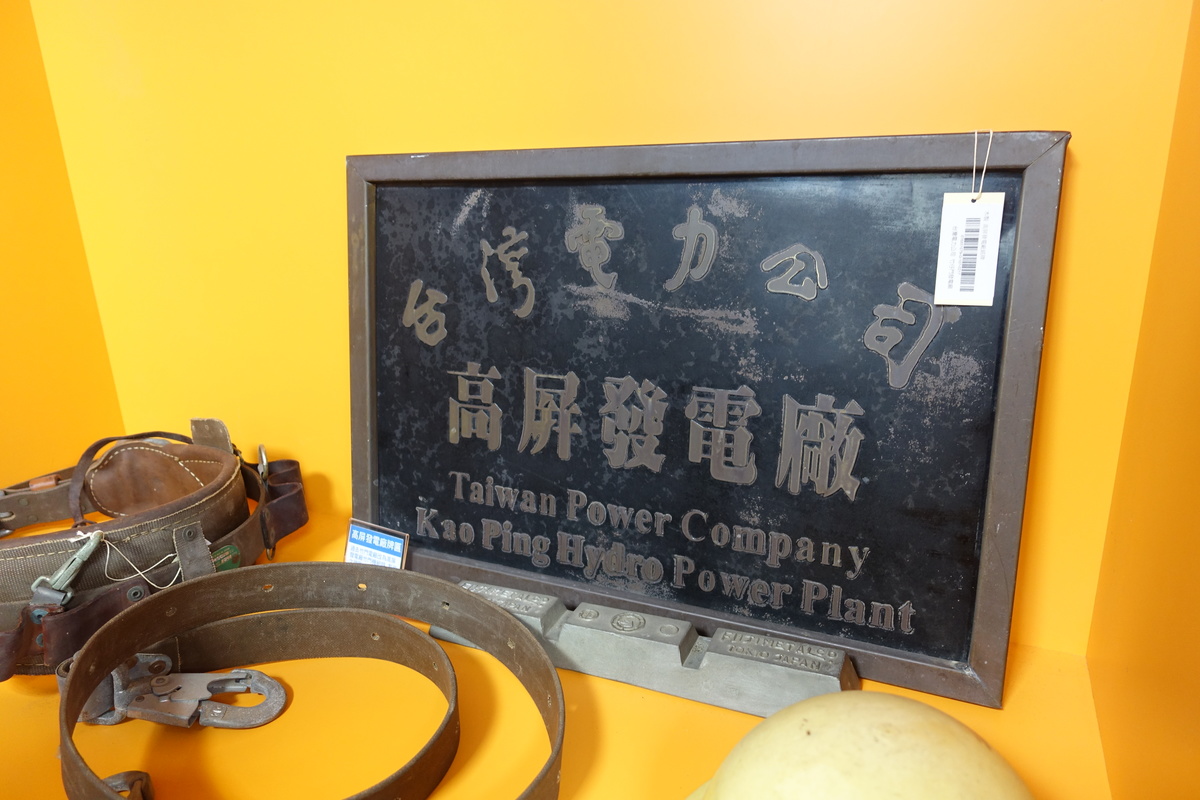
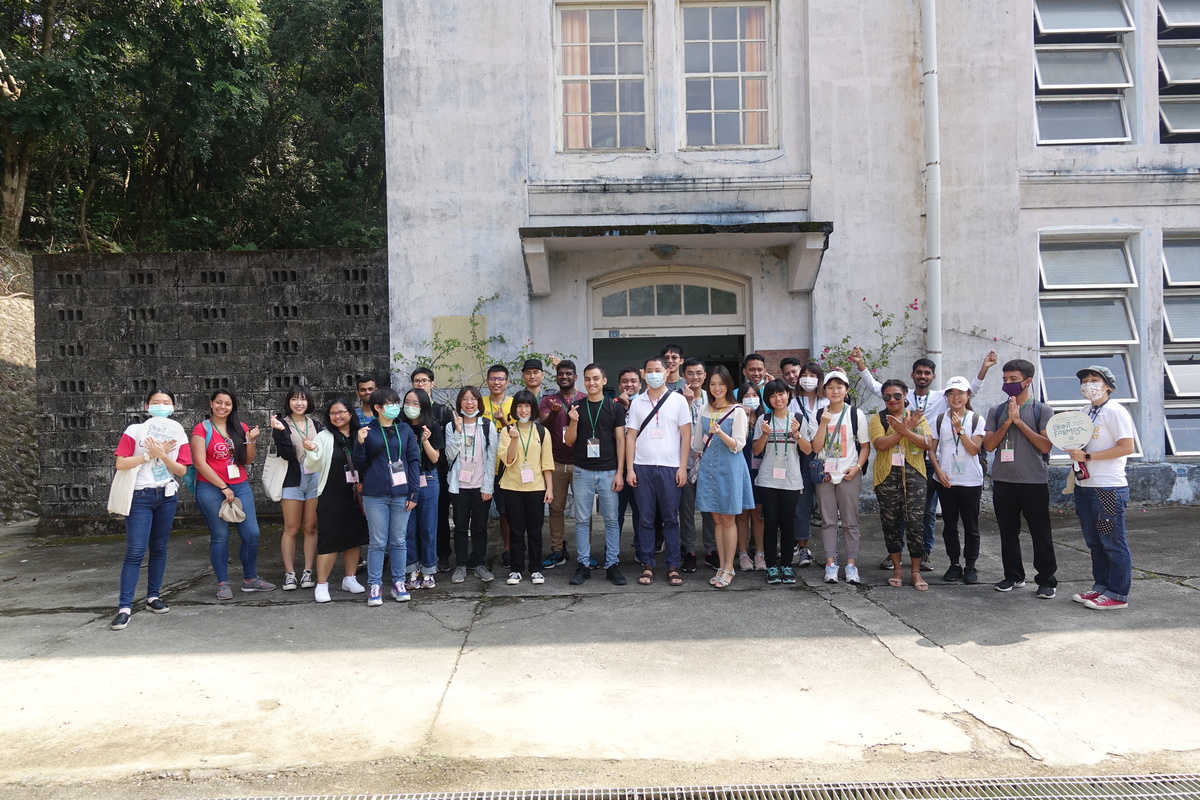
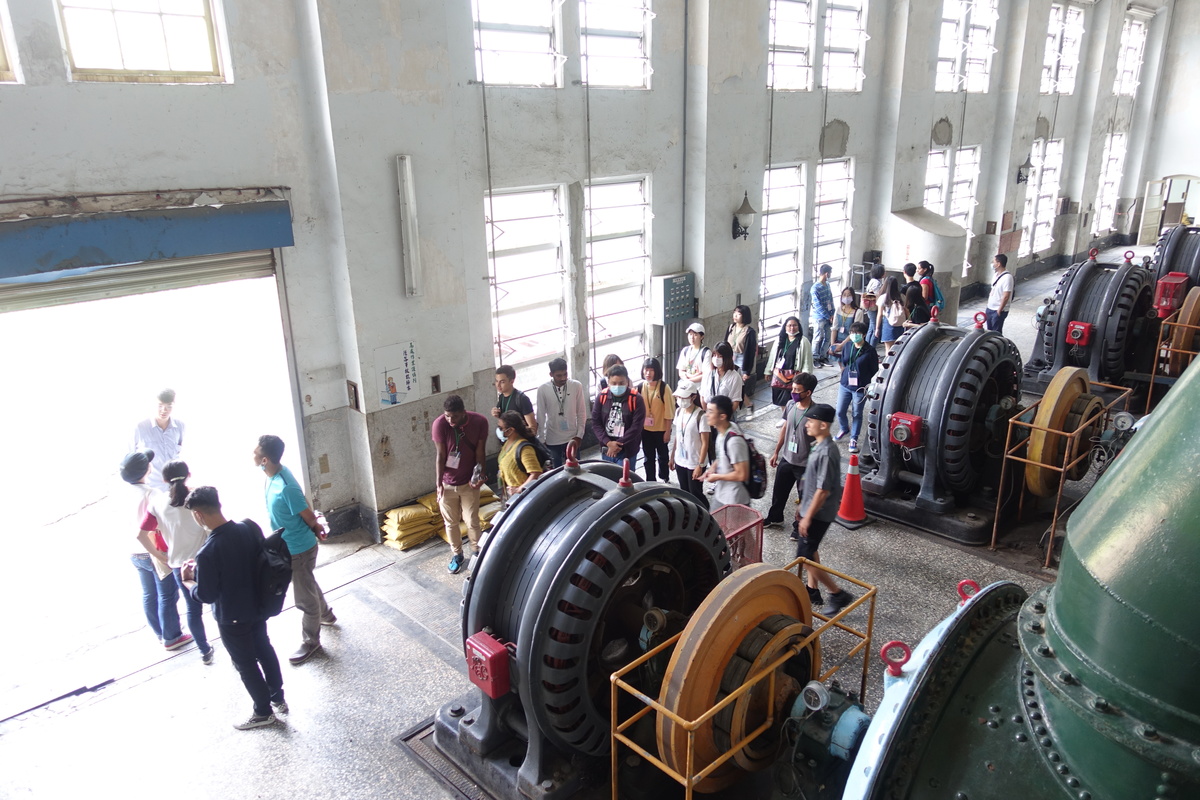
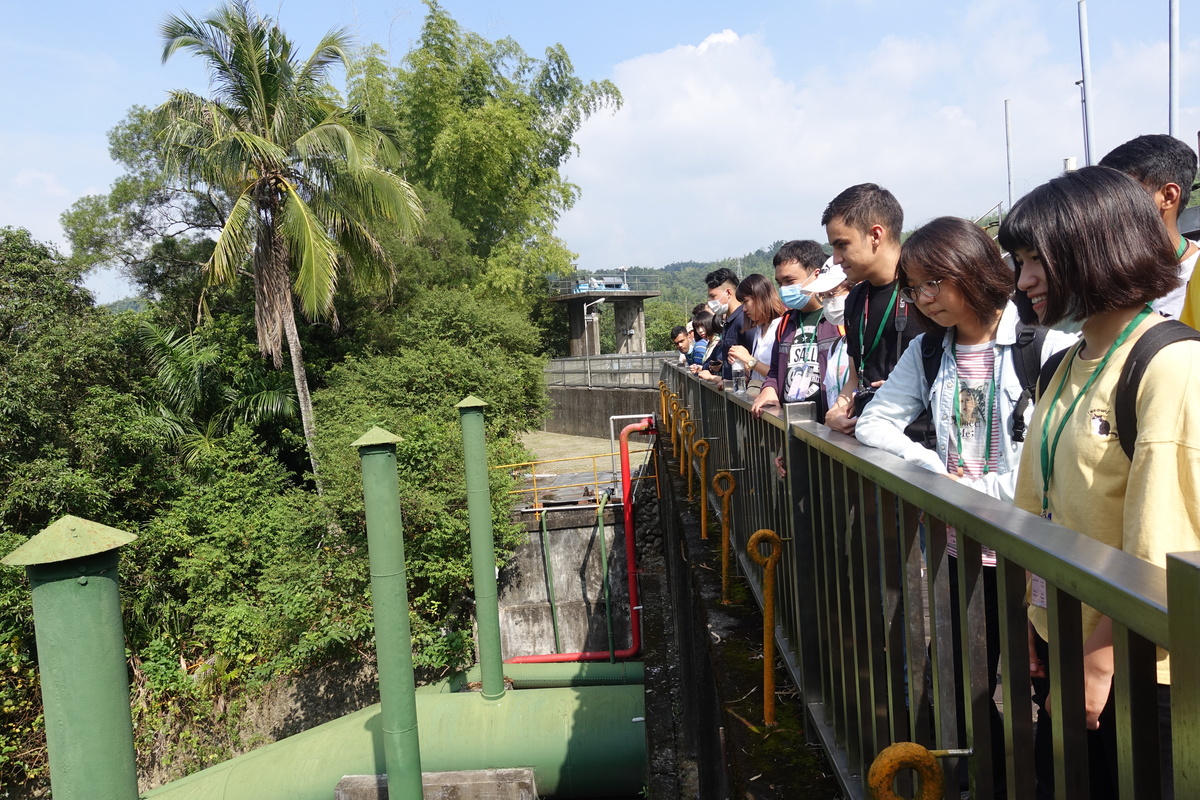
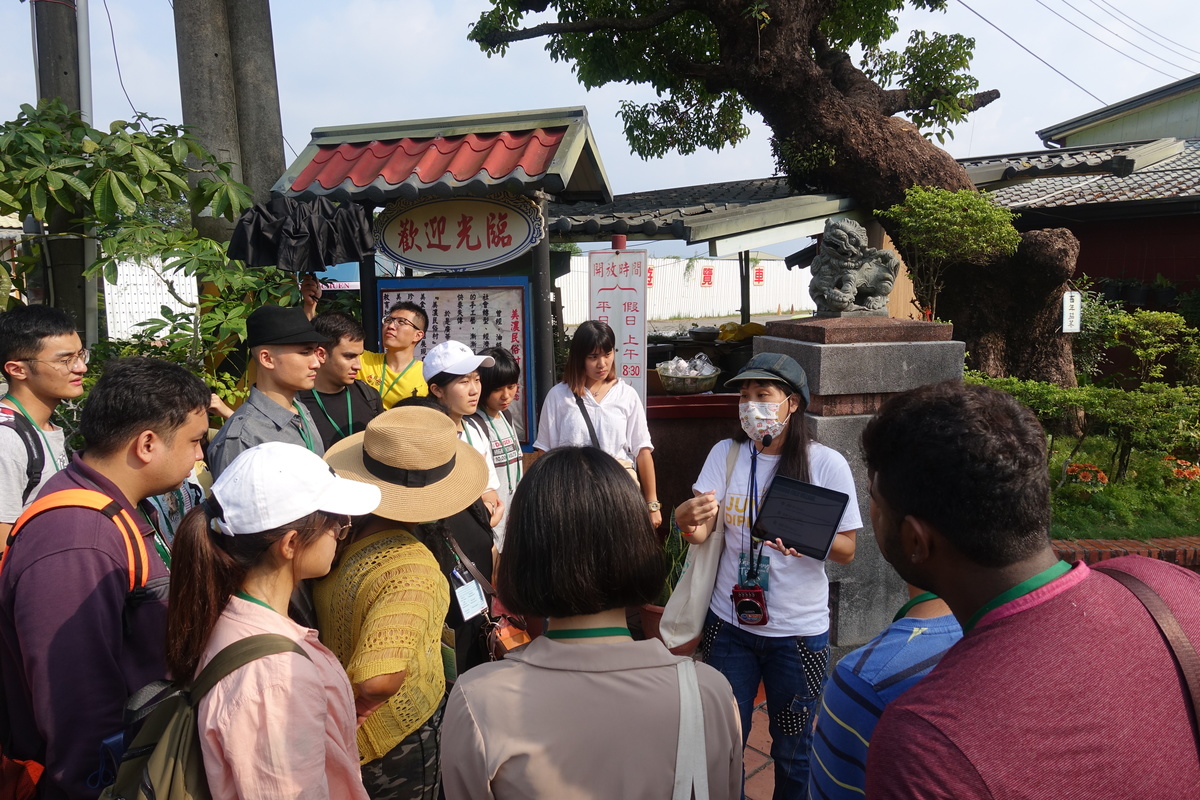
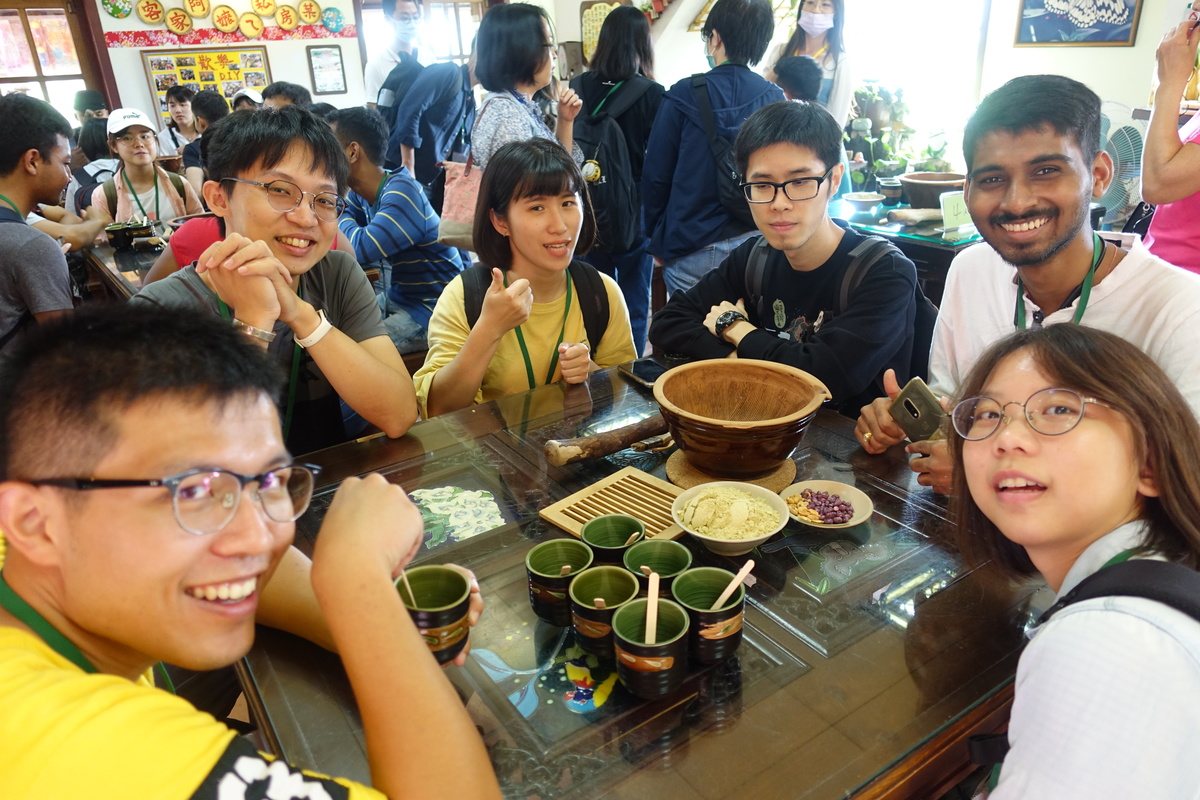
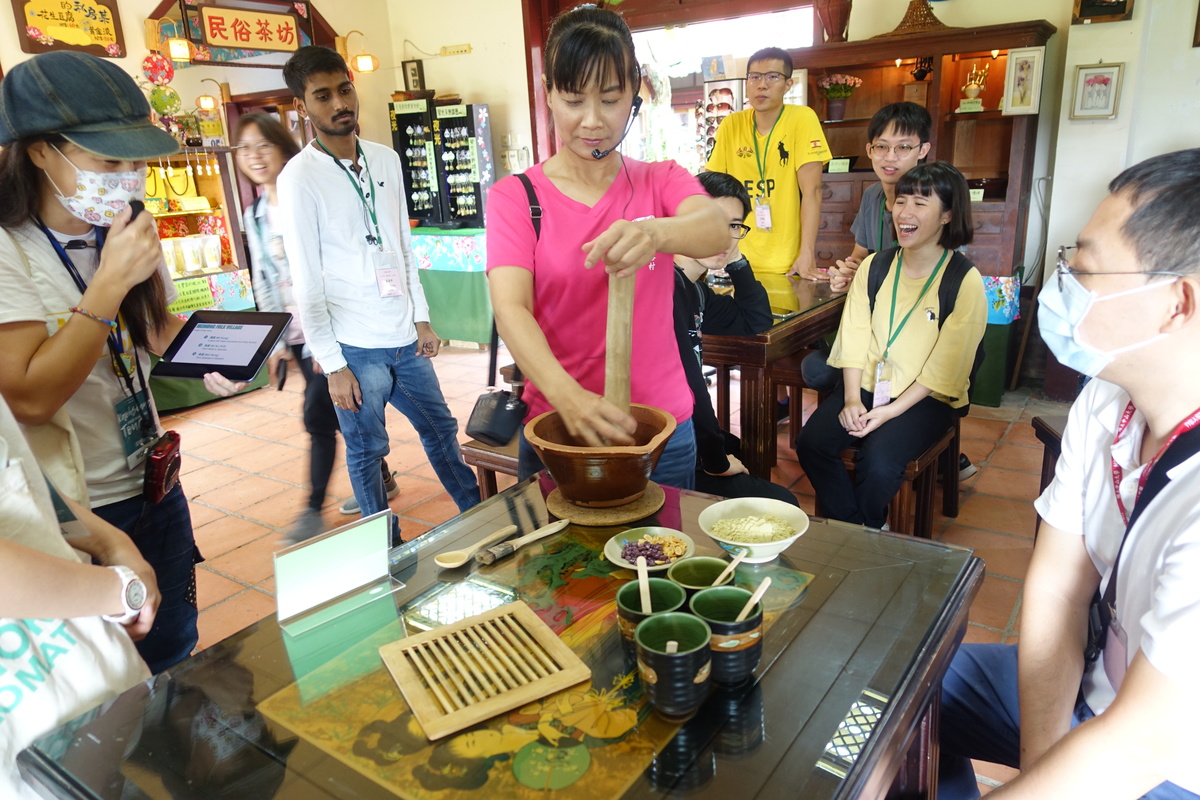
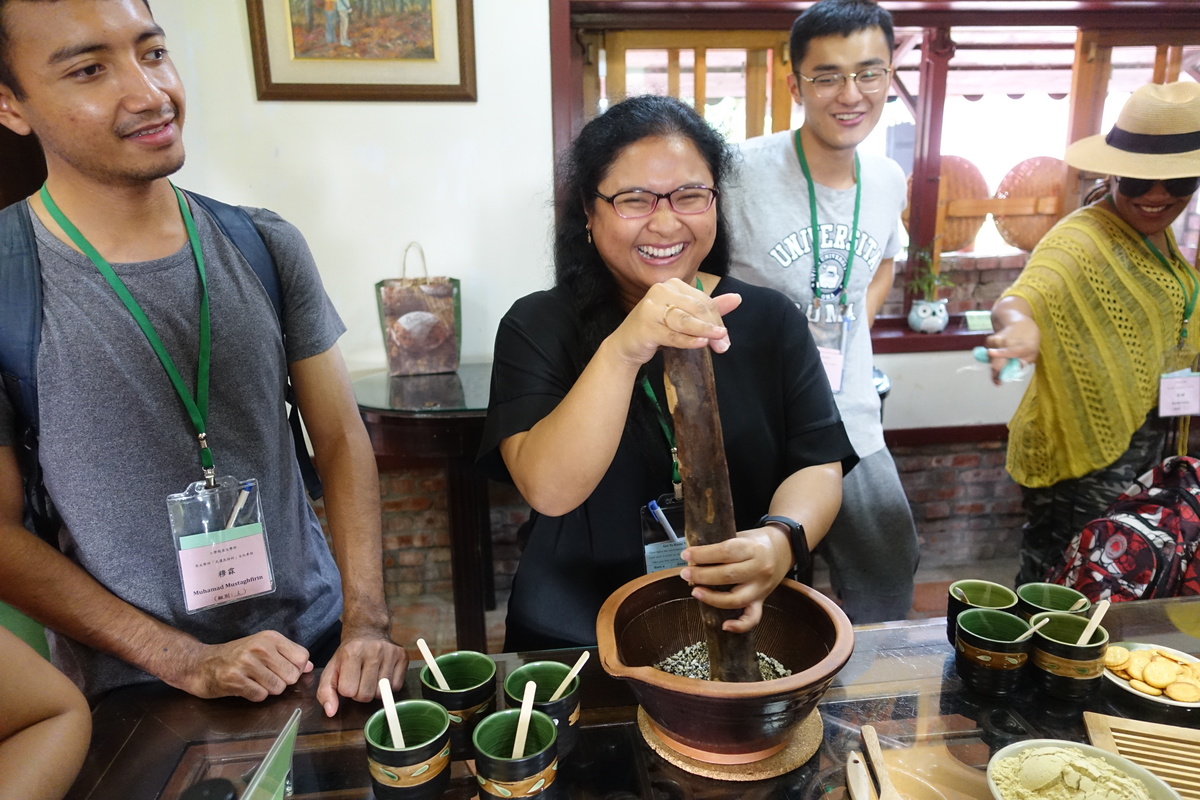
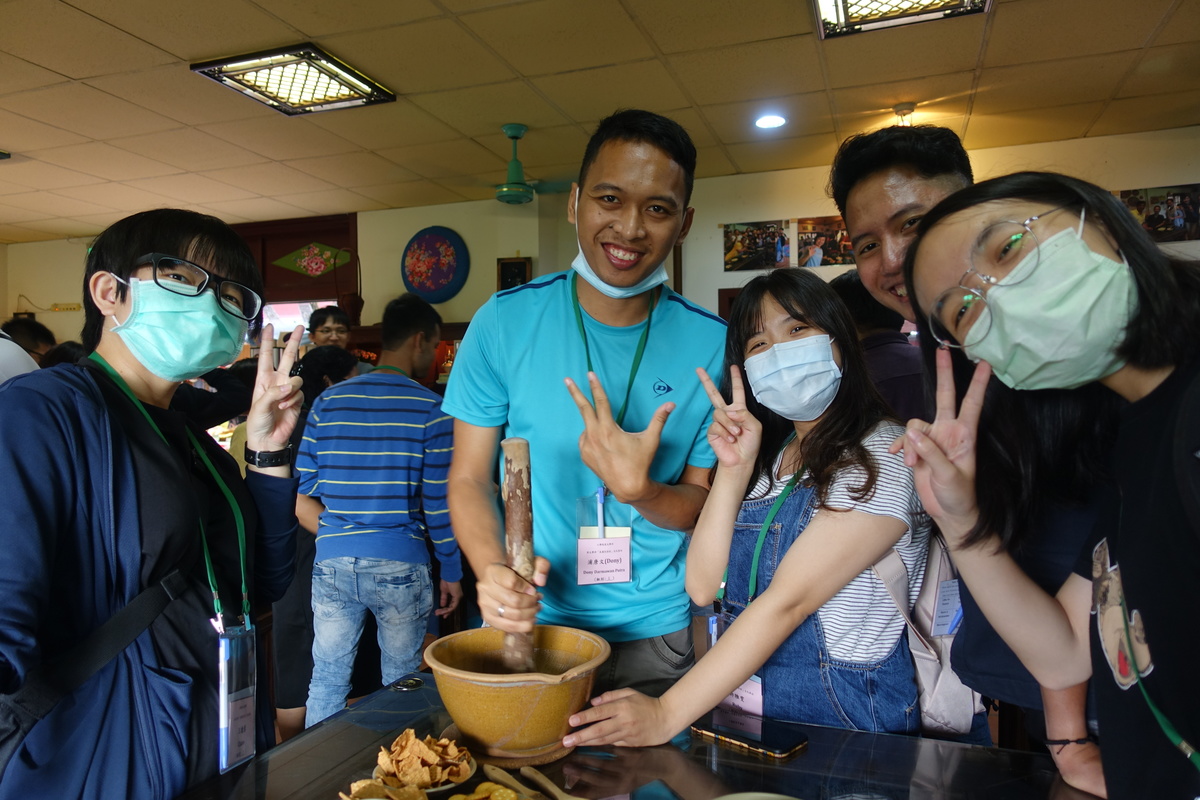
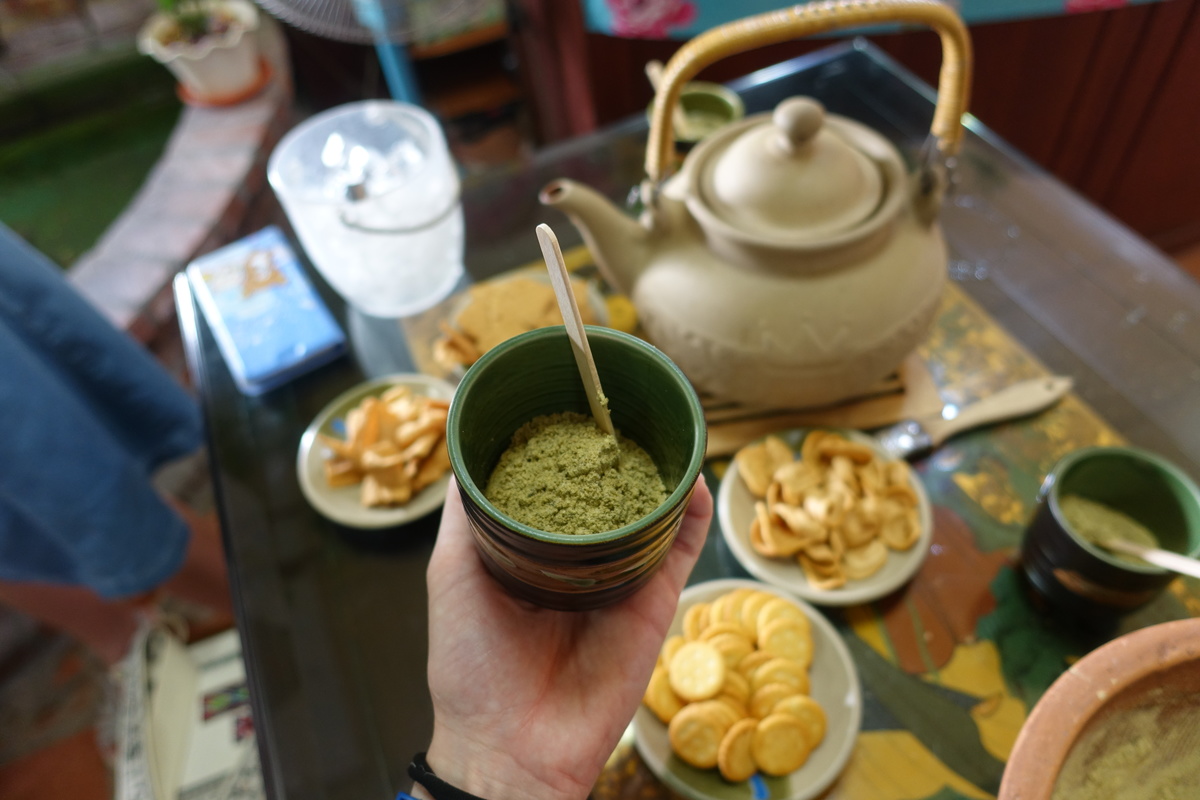
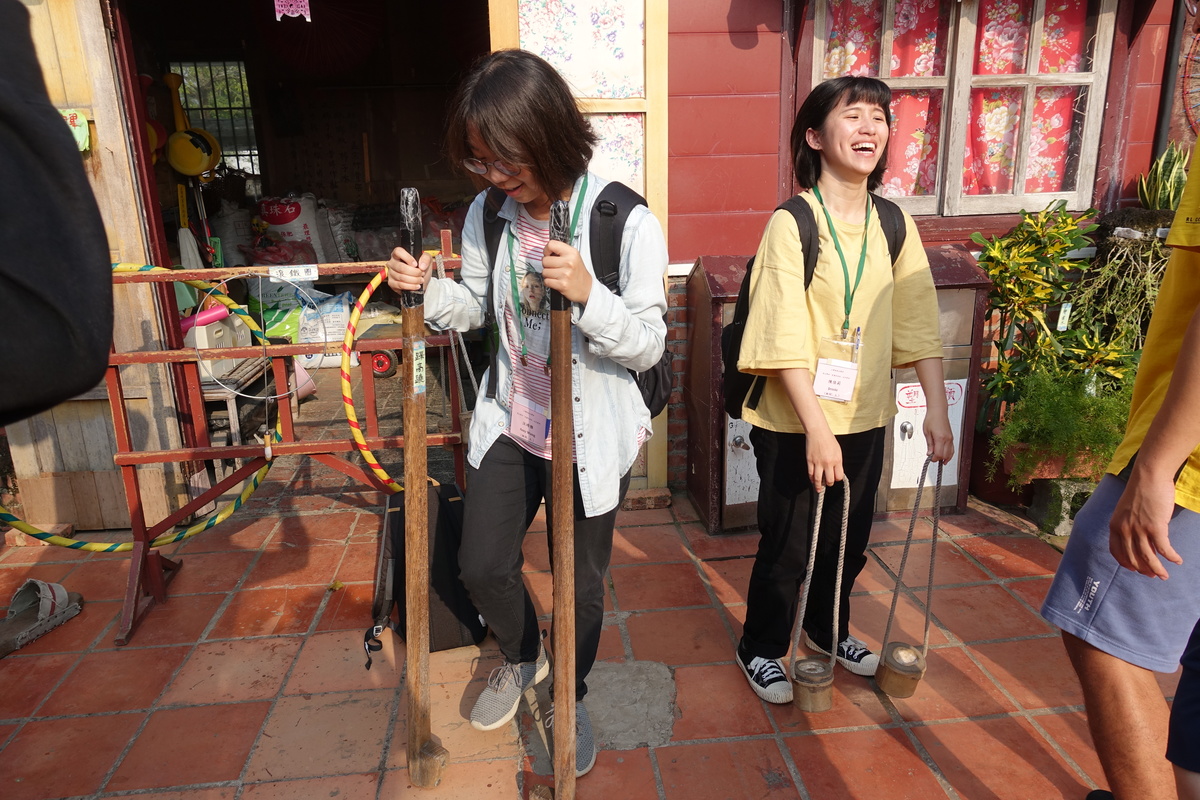
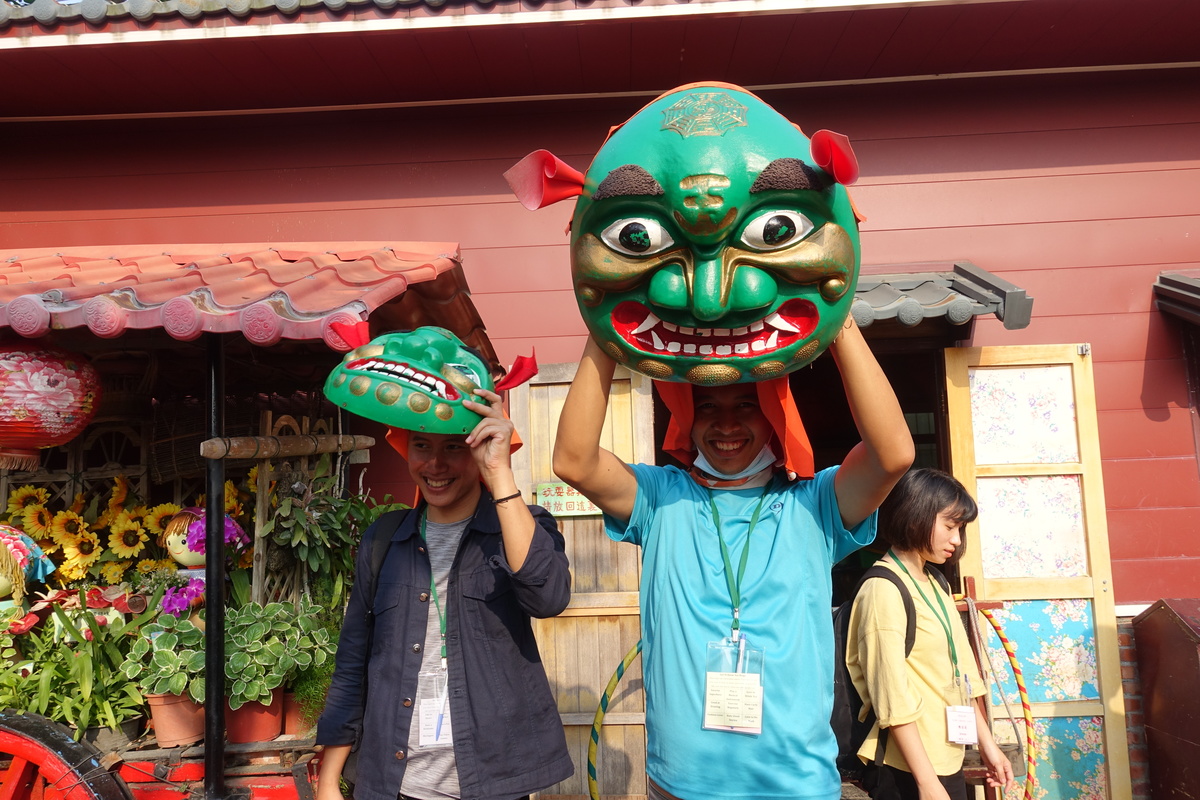
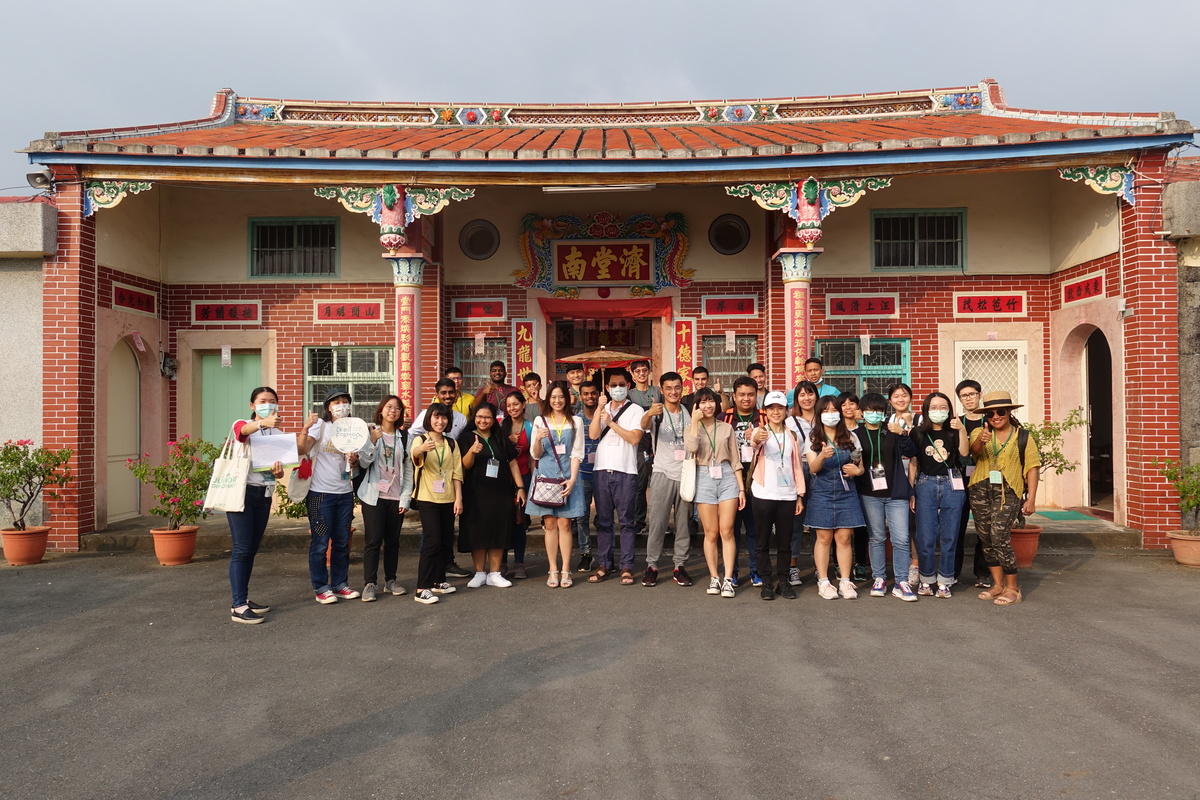
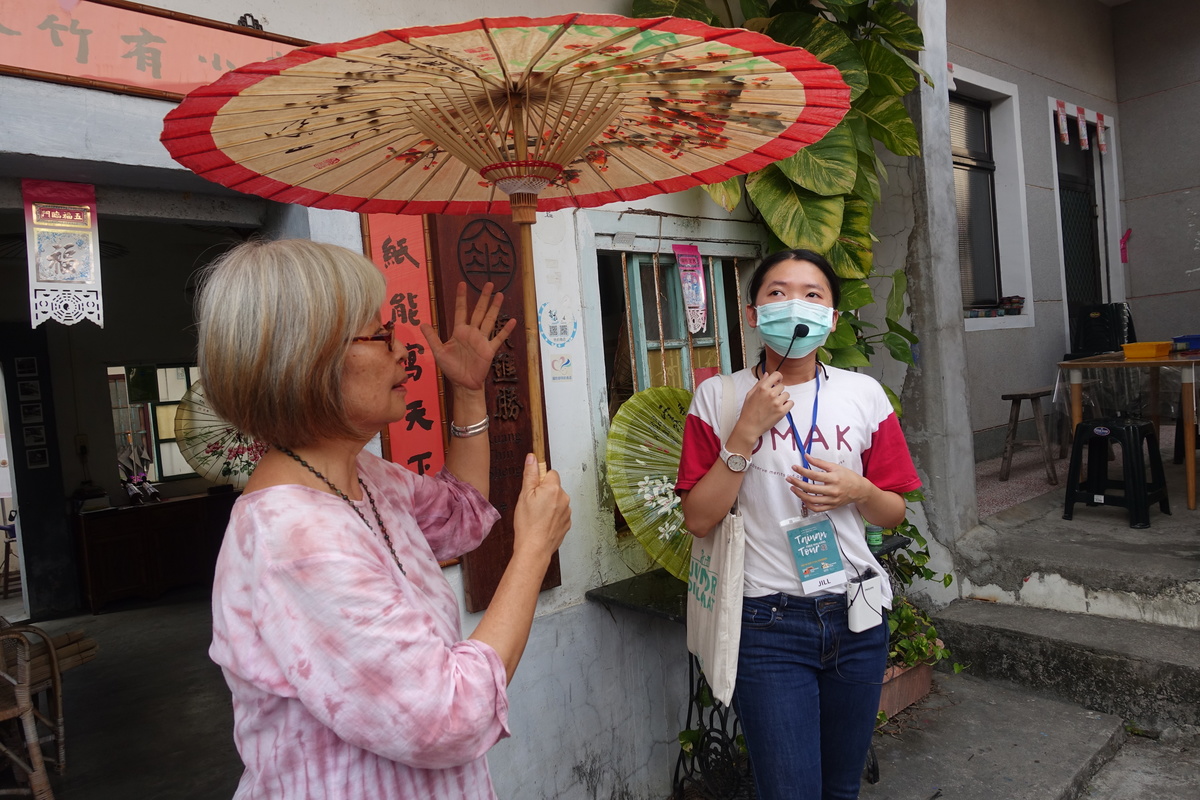
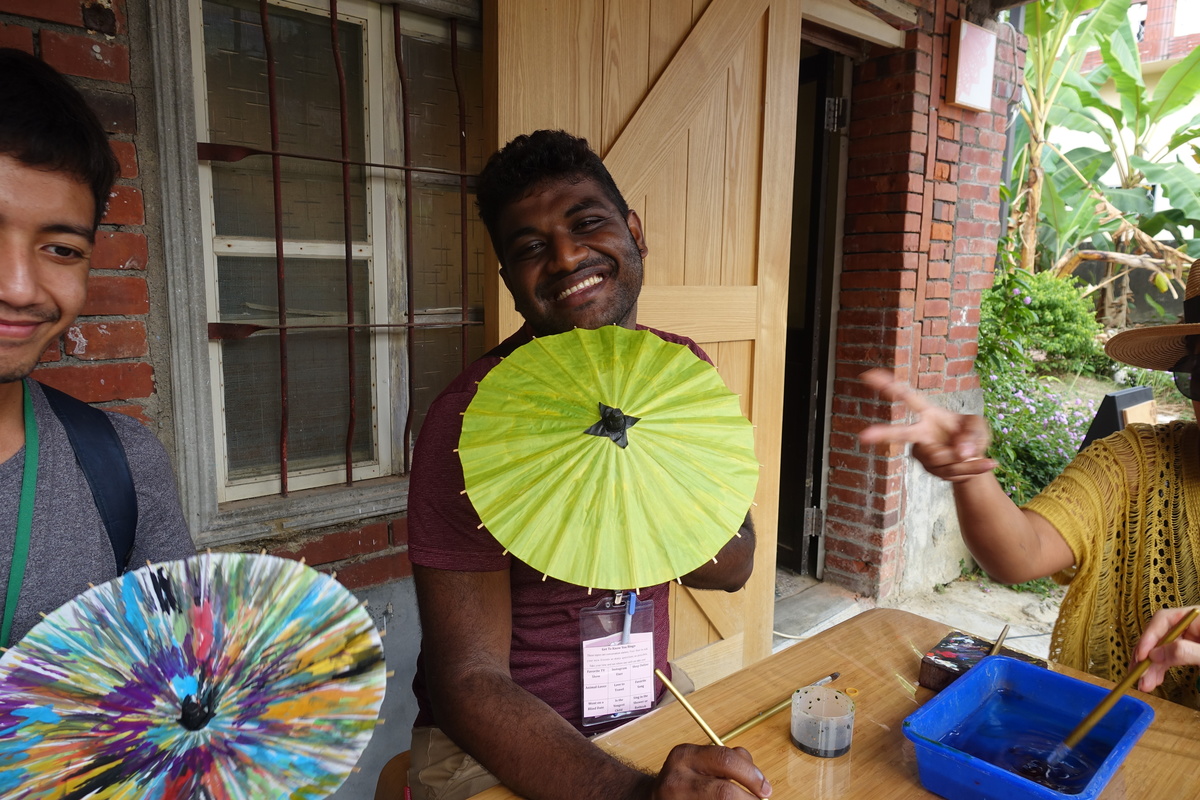
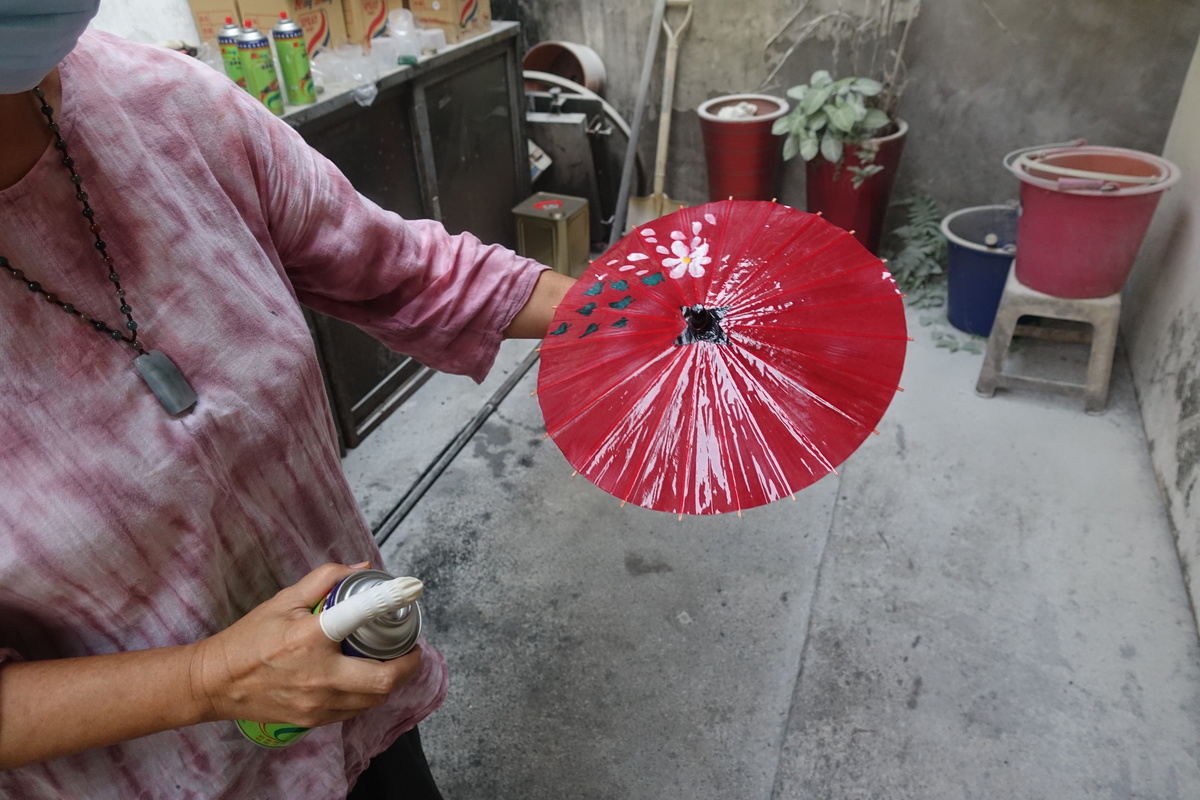
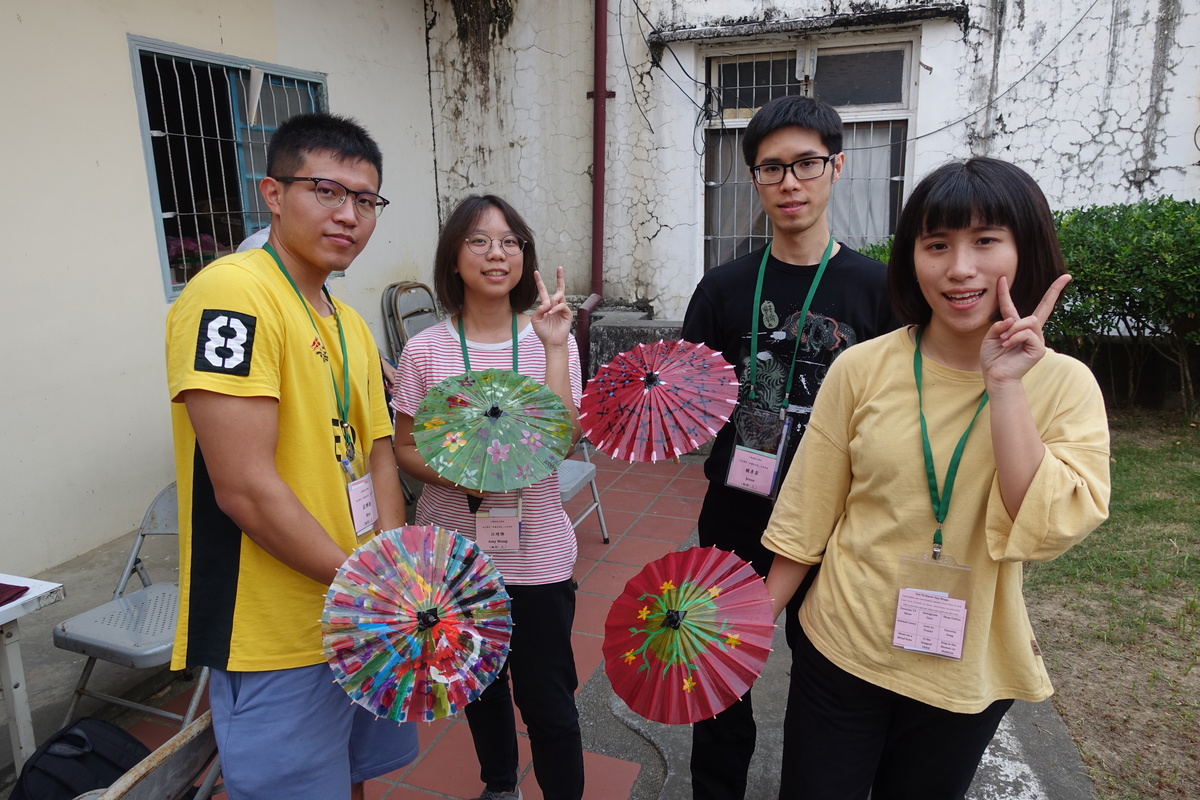
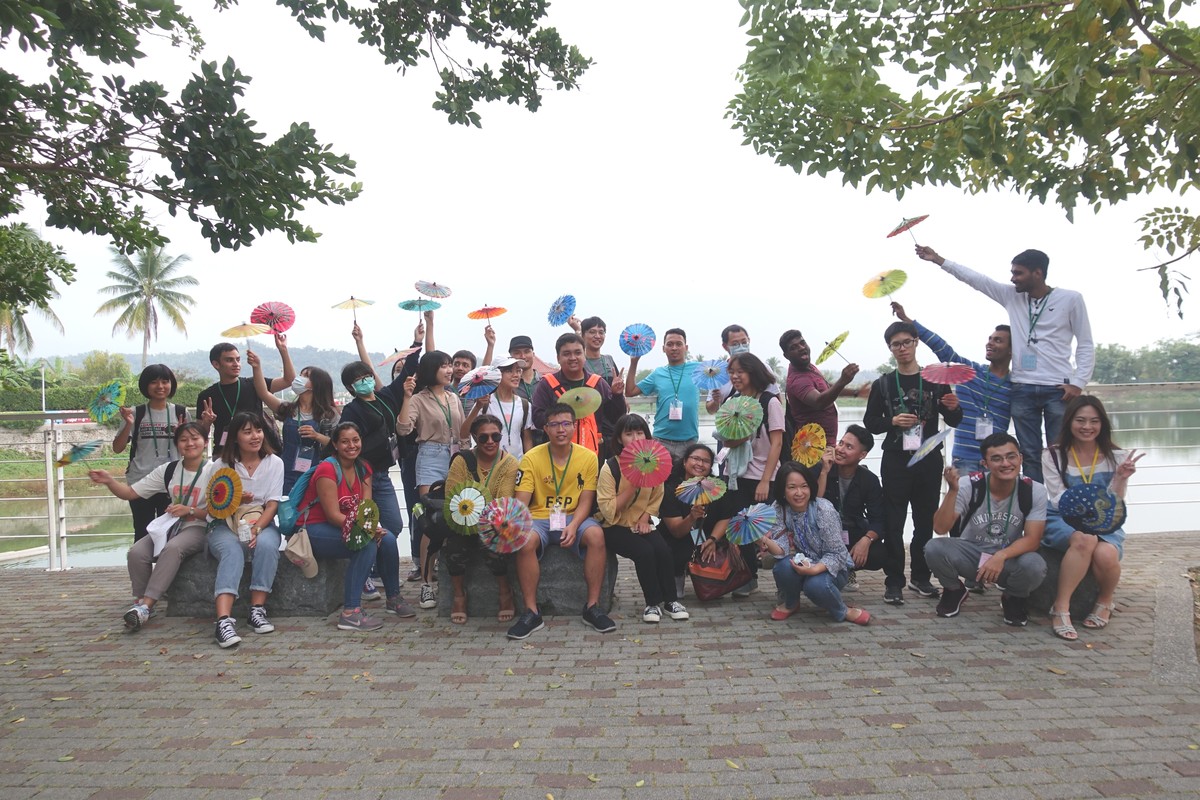
The College of Engineering and the Department of Electrical Engineering organized a field trip to a Hakka village – Meinong District in Kaohsiung City, and led students to approach the Hakka culture from different activities: walking through the historical Chusaimen Power Plant, making a cup of Hakka tea and painting oil-paper umbrellas in Kuang Chin Sheng Oil Paper Umbrella Studio. This autumn trip drew the whole series of this year’s English Corner Project events to an end, after the visits to British Consulate at Takow and the Hamasen quarter in summer and Brogent Center in November. This time, a group of thirty Taiwanese and international NSYSU students discovered the representative products and historical values of this unique region in southern Taiwan.
The participants of the tour included students not only from the different departments of the College of Engineering, but also from the Department of Theater Arts, and the Department of Political Economy from Taiwan, Honduras, Sri Lanka, Indonesia, Colombia, Honduras, Papua New Guinea, and the Philippines. The Project welcomes Taiwanese and international students to practice English with their peers and learn more about the south of Taiwan. Student of the Department of Computer Science and Engineering Yen-Lin Lai from Taiwan said that the tour made him see the integrated equipment of a power plant and it was a good opportunity to break the ice and learn that international students are eager to meet new people and engage in cultural exchange. Student of the Department of Mechanical and Electro-Mechanical Engineering Chia-Li Chen, whose father is from Hsinchu and belongs to the Hakka sub-ethnic group, said that the tour let her learn about the oil-paper umbrella culture, specific to Meinong District and nonexistent in the Hakka community in northern Taiwan.
The original name of Meinong was ‘Mi nong’, which means ‘water everywhere’, as it was an area rich in water and most people made a living there as farmers, explained Molly. Later, the name of the village was written in Japanese kanji – 美濃, a version later adopted into the Chinese language – Měinóng. Molly explained that Meinong is one of the 17 districts in Taiwan where Hakka – one of ethnic subgroups of Han people, constitute the majority of the residents, although they just make up around 20% of the population in Taiwan, that also includes Hokkien people, aboriginal population, and people who migrated to Taiwan from China after 1949, after the Chinese Civil War. Hakka people migrated from the north to the south of China and part of them settled in Taiwan about 400 years ago, about 100 to 200 years after the Hokkien people. Constantly moving, they were “guests” on other peoples’ land and this is why in Mandarin they are called 客家 Kèjiā – ‘guests’, said Molly. The Hakka have their own language and culture, reflected in their food and architecture.
Under the guidance of a master in Meinong Folk Village, established to promote the local culture and products, the students prepared and tried the unique flavor of one of the most representative foods of the Hakka people 擂茶léi chá – a sweet drink made of ground red beans, peanuts, white and black sesame, tea leaves, millet powder and rice. 擂 means ‘to grind’ in Hakka language; the seeds, grain, and nuts are ground manually in a clay pot with a wooden stick from the guava tree and then mixed with hot water; the tea is then served with cookies. The Hakka people who lacked food and resources would grind whatever they had to provide their guests with a heartwarming meal – and this is how the Hakka tea was created. What is now a sweet dessert, back in the days used to be a main meal and was served with a pinch of salt.
Another representative cultural feature of the Meinong District is the oil-paper umbrella. The students visited the Kuang Chin Sheng Oil Paper Umbrella Studio to learn about the history of the product Meinong is famous for and make their own DIY umbrellas. Ms. Jian-Ying Wu, the successor of the Studio, said that oil-paper umbrellas originated from China’s Guangdong province and were introduced to Meinong in 1910 by a master, invited to Meinong to pass on his craft. Wu’s father-in-law was a first-generation practitioner, who studied all four categories of umbrella-making craft, which took him 8 to 9 years. Before mass-produced umbrellas were imported into Taiwan in the second half of the 20th century, simple oil-paper umbrellas were in common use. To save the craft from getting phased out, oil-paper umbrellas were made more decorative to attract buyers and this is how the tradition was maintained in Meinong. Although in the Mandarin-speaking community it is a taboo to give people umbrellas as a gift, it is the opposite in Hakka culture. When children grew up and got married, they would get an umbrella as a gift or dowry. For boys, it would be a wish to form a family – the Chinese character for ‘umbrella’ – 傘 sǎn represents a group of people living under the same roof, while for girls – a wish to give birth to a son, Wu explained.
Meinong District is not only a culturally valuable region but also an ecologically rich area, with a diversity of birds and butterflies and abundance of water, where many inhabitants made a living as farmers. Back in the 19th century, however, farmers could only harvest crops once a year, until 1908, when the Japanese colonial government built Chusaimen Power Plant – the first power plant in southern Taiwan and one of Taiwan’s first-generation of run-of-the-river hydroelectric power plants. The Plant not only supplied power to Tainan and Kaohsiung Port but also supplied water to the three routes of the Shizitou irrigation system to irrigate the farming land in the Meinong District, allowing harvest three times a year. After World War II, it was taken over by Taiwan Power Company and later merged with Tulong Power Station in 1977 to supply power to Pingtung and Kaohsiung area. The well-preserved Plant features a European architectural design and four pipes 66.5 m long utilizing the elevation difference of 21.3 m for energy generation. It was decommissioned exactly 100 years after its construction and labeled as a national historic site. Its exhibition room features objects of its golden era.
The students visited the Plant to learn about its history and appreciate its cultural value. Assistant Professor of the Department of Electrical Engineering Kin-Cheong Sou said that renewable power sources are a big topic at the moment; however, most renewable energy in Taiwan nowadays does not come from hydro power plants but solar cells and wind farms. He was glad that besides learning how to control and operate power plants in class, the students could observe from a close distance the practical applications of the knowledge imparted in class and ponder upon energy resource issues.
Students’ keen interest in getting to know the Hakka community and hands-on activities proved the field trip to Meinong to be a success. The trip did not only offer a first-hand opportunity to discover the customs and history Meinong but also to interact with international students and local residents. Hopefully, the newly-built friendships and valuable memories could arouse students’ more interest not only in local traditions but also in cultural and language exchange with fellow students.
